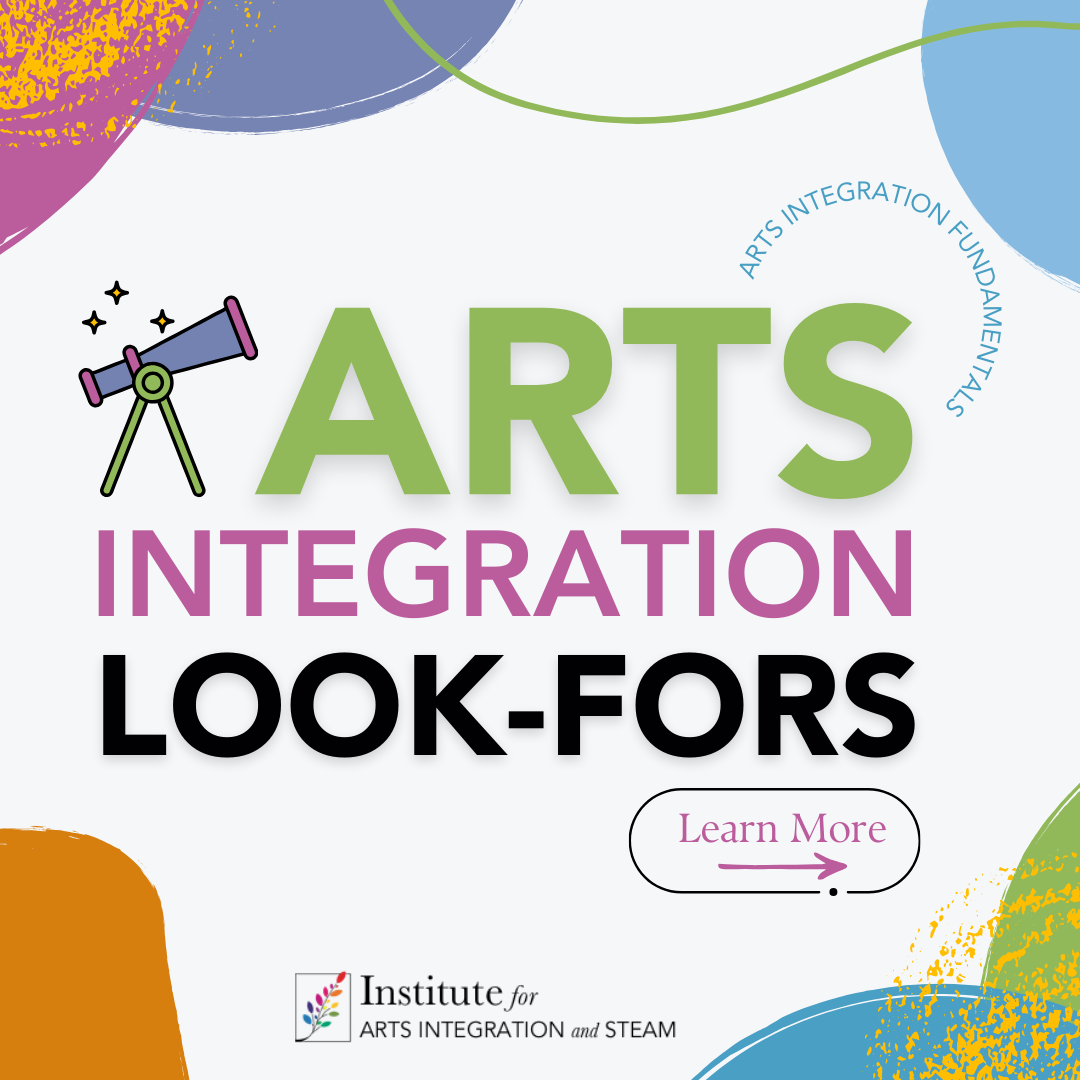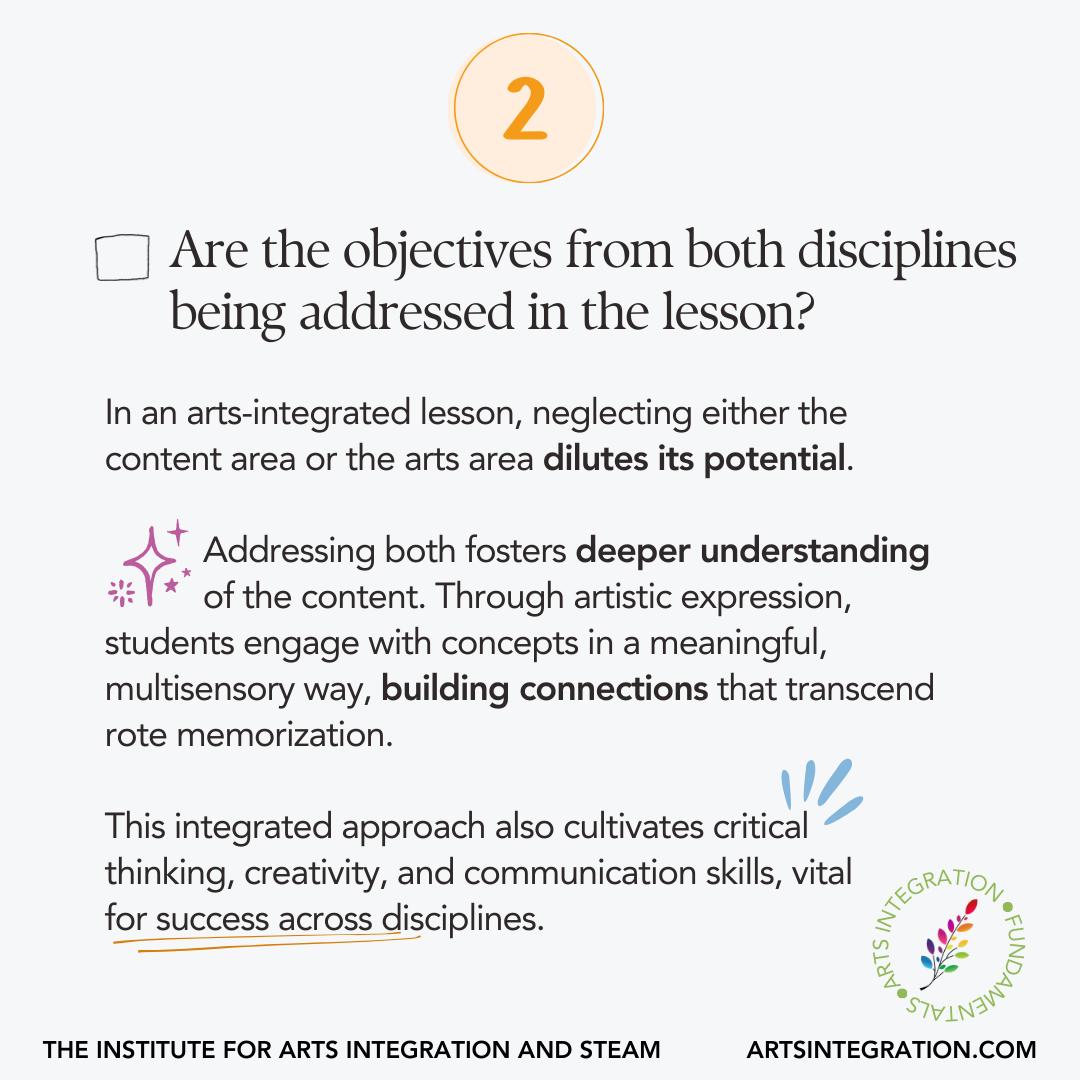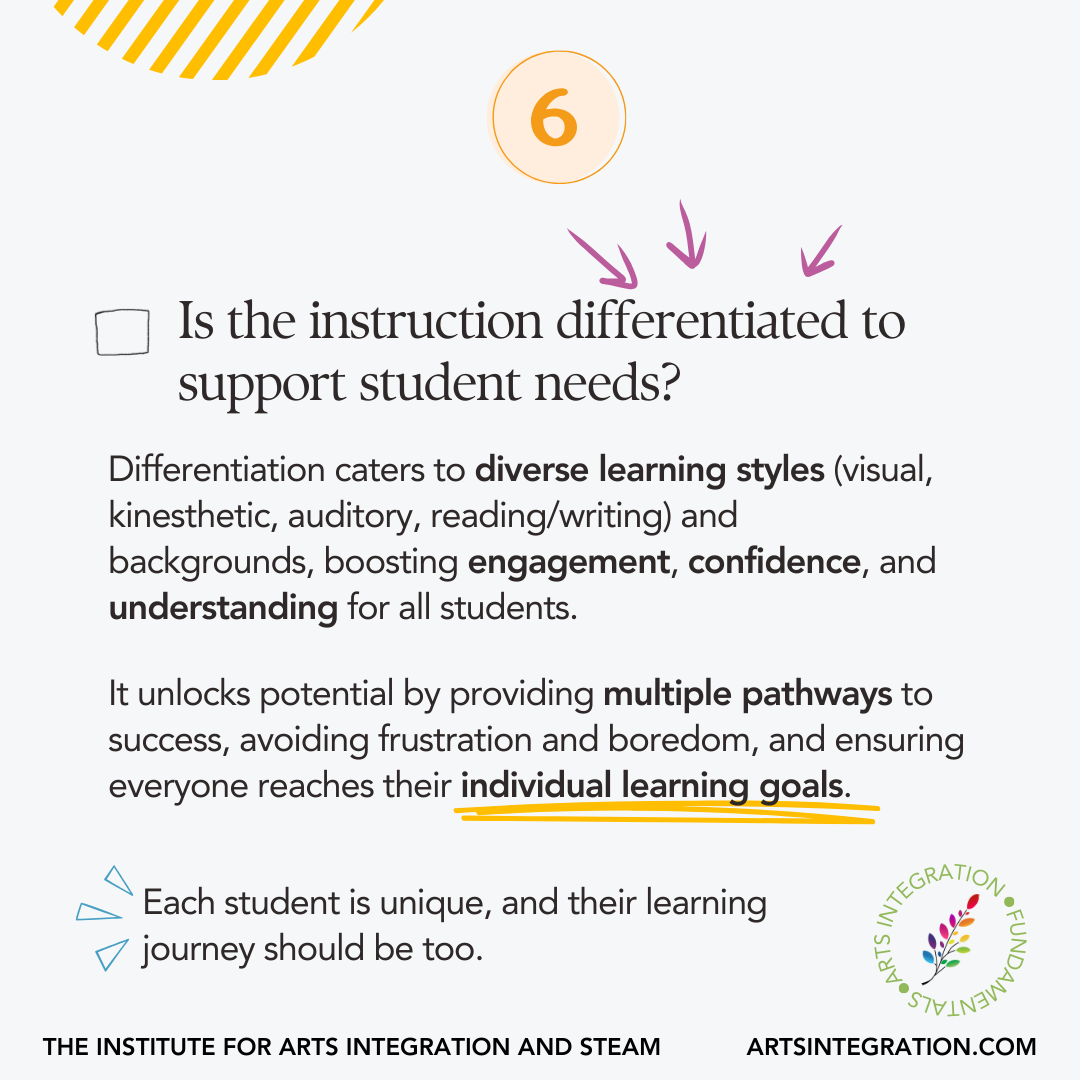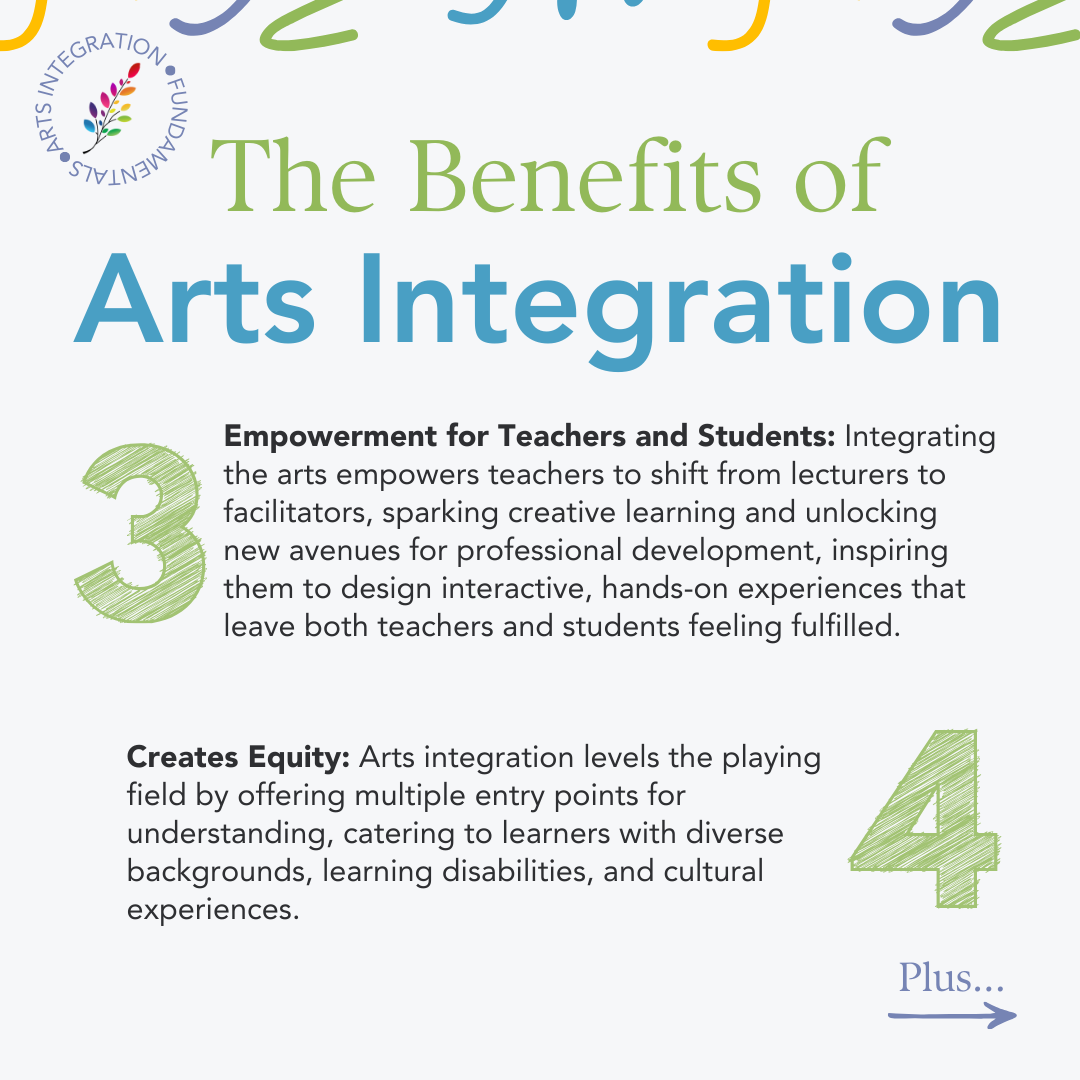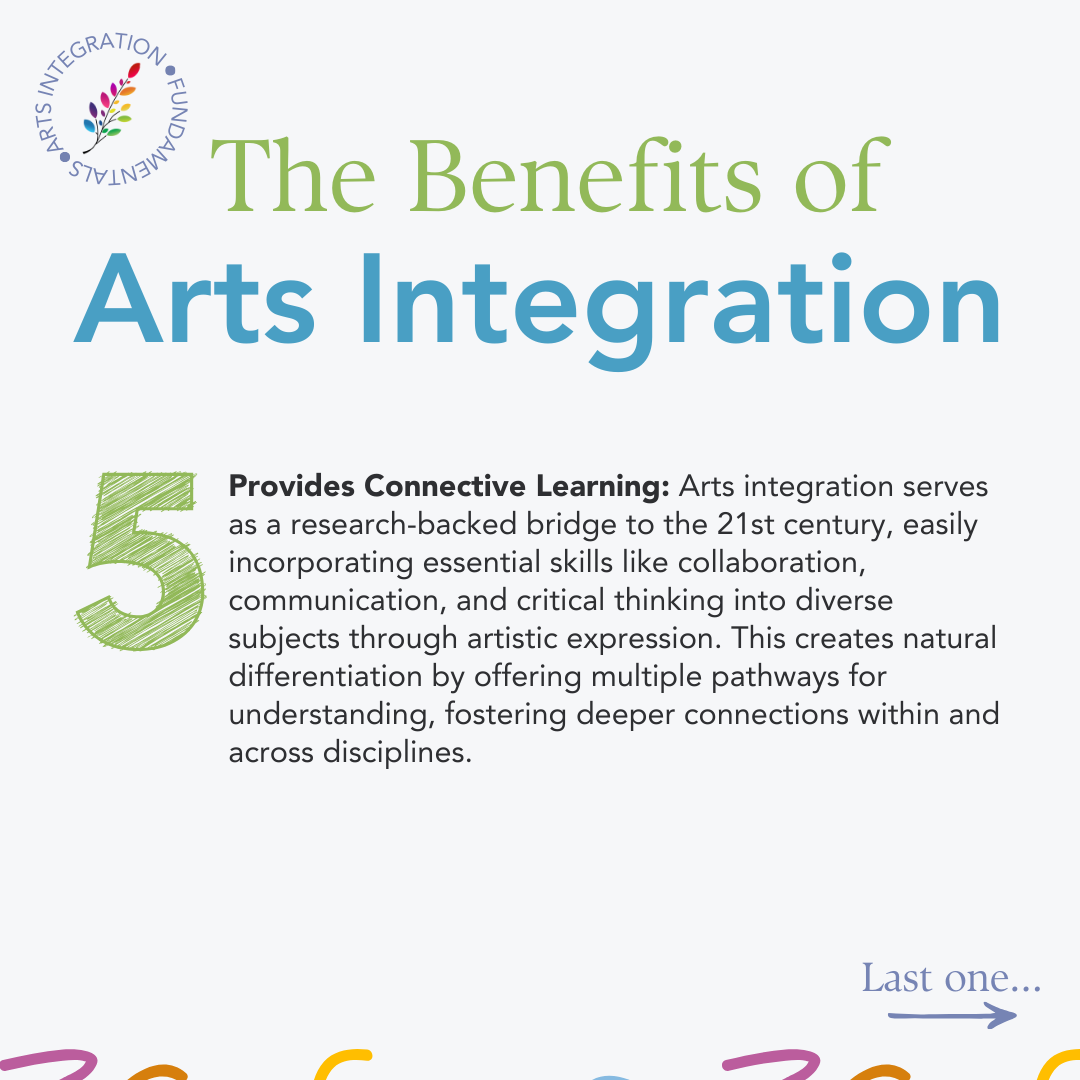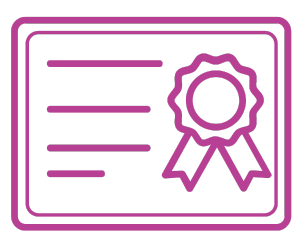Arts Integration is the connective pathway toward reaching and teaching every child and empowers educators in their professional growth. Yet, this approach is still somewhat misunderstood by many in the educational community. This in-depth overview will help you understand the components to a successful arts integration effort.
What is Arts Integration? Defining the approach.
Arts Integration is a research-based curricular strategy and has been utilized in classrooms for more than 30 years. It is grounded in solid pedagogy and numerous studies have supported its effectiveness.
But the perils of using arts integration fall in confusing using the arts in service of another content area with true integration. Here’s a set of key features to look for in authentic arts integration:
Standards-Based Foundation
One of the hallmarks of Arts Integration is that it is grounded in connected standards. When you’re creating or teaching a lesson, ask yourself: what standards am I addressing in both the content and the arts area? If you can’t identify both, it’s not arts integration.
Teaching in and through the Arts
When you’re working in an arts integration lesson, you’ll feel like the line between the content and the arts is blurred. That’s a good thing! In arts integration, the arts are an avenue through which students apply and connect the previously taught content. The arts are not servicing the content. Instead, both the content area and the arts area are interconnected.
Assessing Both Areas
In an arts integration lesson, the ending assessment reflects the growth in both the content area and the arts area that was taught. Do you have to be a master in the arts area to assess it? No, because you’re looking for growth in that area, not mastery. Only the arts teachers can evaluate an arts standard for mastery, just as only the classroom/content teachers can evaluate a content standard for mastery. But anyone can measure growth in both areas.
If you’d like to dig into using this approach in your classroom and get PD hours at the same time, check out The Accelerator. You’ll get access to workshops, courses, and events – all online and flexible to your schedule.

Why Integrate the Arts? Here’s 5 Compelling Reasons.
For schools that commit to using arts integration with integrity, the results are astounding. Schools that intentionally use arts integration find student achievement rises by 10% OR MORE across the board.
No longer can we say that creativity, innovation, and meaningful learning cannot exist in schools today.
Instead, schools must be brave enough to look beyond traditional approaches (which yield very little result) for approaches like Arts Integration and STEAM that have a proven track record of working. Here’s why:
1. Student Buy-In
Students become active participants in their learning when the arts are intentionally integrated. This in turn, provides an opportunity for students to own the learning and have a vested interest in their own success.
2. Builds Critical Thinking Skills
Students engage in critical thinking and construct personal meaning through their learning in arts-integrated lessons. They develop the skills to work through problem-solving and to innovate new solutions. This builds grit and perseverance capacities in all learners.
3. Empowerment for Teachers and Students
Instructors become facilitators of creative learning and are empowered in their own professional growth. Teachers feel fulfilled and able to provide a hands-on learning environment for their students.
4. Affords Equity
Yields an equitable learning environment for all learners through their own access points.
5. Provides Connective Learning
Furnishes a research-based pathway to teaching 21st century learning skills and natural avenues for differentiation.
The Arts Integration Continuum
Arts integration isn’t a one-size-fits-all approach. It exists on a sliding scale. We highlight this in the Arts Integration Continuum Card which helps you identify which stage you’re in and how to take your next steps.
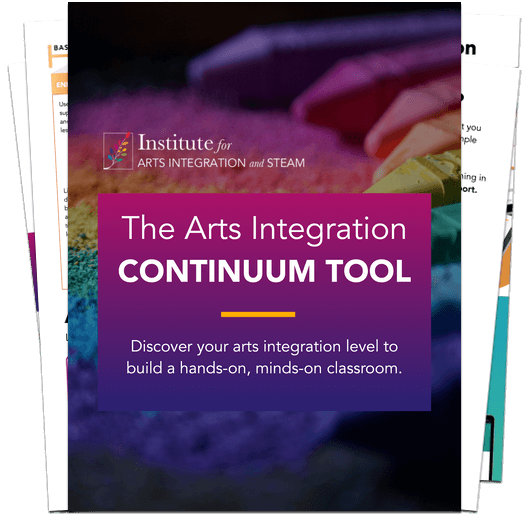
DOWNLOAD THE FREE CONTINUUM TOOL
Arts Enhancement vs. Arts Integration
On one side of the continuum is Arts Enhancement. This is where we’re using the arts in service of another content area – the arts are making the content “sticky”. On the other side of the scale is Arts Integration. This is where both the content and the arts are being taught and assessed equitably.
Think of it like the difference between a cupcake with icing on top and a blueberry muffin:
The cupcake with icing looks and tastes great. But, you could remove the icing from the top and the cake would stay in tact. This is like an Arts Enhancement lesson. If you can remove the arts part of the lesson and the lesson would still stay in tact, you’re using the arts in service of the content.
On the other hand, a blueberry muffin also looks and tastes good. But if you tried to remove the blueberries from the muffin, your muffin would crumble. This is like an Arts Integration lesson. You can’t remove either the content or the arts part of the lesson without the lesson crumbling.
Both Arts Enhancement and Arts Integration are great! Just like cupcakes and muffins are both excellent pastries. We just need to know what we’re using, why we’re using it, and choose the approach with intention.
In between these two ends of the scale, there are 3 other sections: theme-based instruction, inquiry-based learning, and co-taught instruction. Each of these are a shade of arts integration. Each has a specific practice and purpose. Be sure to download the Continuum to explore each of these 5 areas in more detail.
What’s most important to remember about the Continuum is this: not everything is meant to be fully arts integrated, nor can we always keep everything arts enhanced. There are steps in between that we can explore and bit by bit expand and deepen our teaching practice.
How do you know if you’re on the right track to arts integration success?
The research is clear: arts integration strategies aren’t enough. There are 7 key metrics you need to see the high-impact results that arts integration promises.
Here’s How We Can Help
So…are you ready to take the next step on your arts integration journey? There’s a lot of possibilities based on your unique vision, background, and constraints.
For example, you may need assistance with building buy-in among staff, figuring out a system for collaborative planning that doesn’t require more time, or perhaps simply a set of strategies to get started.
Here’s how we can support you moving forward:
Learn how to successfully integrate the arts in any classroom.
Join 65,000+ K-12 educators receiving creative inspiration, free tools, and practical tips once per month in the SmART Ideas Digest.

SUPPORT
The Institute for Arts Integration & STEAM
PO Box 2622
Westminster, MD 21158
Main: 443-821-1089
Sales: 443-293-5851
Help Center
Email Us
Copyright 2010-2024 The Vision Board, LLC | All Rights Reserved


